Growing tomatoes and the secrets of caring for them in a polycarbonate greenhouse
A polycarbonate greenhouse is a great opportunity for growing vegetables in regions with a difficult climate. In Siberia, in the Urals, in the Leningrad region, thermophilic tomatoes do not ripen in the open field, but landing in a short-lived greenhouse made of plastic film does not always pay off. Growing tomatoes in a greenhouse requires a competent approach, and caring for them has its own characteristics and secrets.
Recommendations for choosing a variety for a greenhouse
In order for tomatoes in the greenhouse to bring the desired bountiful harvest, it is important to choose the right variety. The advice given on choosing tomatoes for central Russia is completely inappropriate for planting in the Urals. Climate features make their own adjustments to the process of growing vegetables. Late coming spring, short summer, frequent cold snaps - all this requires a rapid growth of the bush from tomatoes, the early formation of fruits and a short period of their ripening. Early varieties or mid-ripening varieties are best suited for cold regions, which, when sown on seedlings in early March in a polycarbonate greenhouse, have time to ripen.
Another point that must be taken into account is that the area of the greenhouse does not always allow for planting a lot of plants. So that a large harvest can be harvested from one bush, it would be better to choose indeterminate varieties. These types of tomatoes are tall, grow for an unlimited amount of time. In the process of growth, the formation of fruits constantly occurs, and caring for them does not differ from caring for other species, except that they require regular pinching. They can be planted, maintaining a small distance between the bushes, but it must be borne in mind that you will have to grow tomatoes in one trunk, constantly removing every single additional branch.
Disputes about how to properly grow tomatoes - with one main branch or leave an additional one or two stepsons - are still ongoing. Taking into account all the advice and recommendations, we can conclude that in the Urals it is better to plant indeterminate varieties with one main branch in a greenhouse, carrying out pinching of all additional shoots. The disadvantage of a multi-stem bush is that more tomatoes are tied, but they will be small due to lack of nutrition, even if you keep a large distance between the bushes. At the same time, tall plants with one trunk form fewer tomatoes, but they quickly gain weight and have time to ripen in a short summer.
Please note that varieties intended for outdoor use are not suitable for growing in a greenhouse. These vegetables have different characteristics and requirements for growing conditions. Good fruiting in a greenhouse in tomatoes of this type cannot be expected, even if you intensify care.
Given the above, it is easy to determine which types of tomatoes are best for growing in a greenhouse or greenhouse in the Urals, and make a choice between varieties of tomatoes. The peculiarities of vegetables of suitable varieties are that they are tall, high-yielding, resistant to drought and low temperatures, and unpretentious. Caring for them is simple, but the formation of a bush into one trunk, constant pinching, feeding during the season is required. Some of the varieties can be grown in heated greenhouses during the winter.
- Michelle F1 - the fruits are stored for a long time after removal, are not damaged during transportation, are resistant to fusarium disease, verticillary wilt, and some viral diseases of vegetables. The fruits are large, weighing about 250 grams. Early grade.
- Pink Rise F1 and Pink Paradise F1 - tomatoes from one group: the color of the fruit is pink, the maximum weight is 250 grams, intended for salads. Belong to the category of mid-season vegetables.
- Martha - mid-season variety, medium-sized fruits, up to 130 grams, diseases in this variety are rare.
- De Barao group of varieties... The main distinguishing feature of these tomatoes - De Barao are shade-tolerant, which is especially important when grown in the Urals, where the summer is short and sunny days are often replaced by cloudy weather. In addition, few diseases manage to attack De Barao, even with a sharp change in temperature and excess humidity. Fruits are medium-sized, suitable for canning. Filmed brown - ripen quickly, stored for a long time. This variety has many varieties: De Barao royal, De Barao Giant. De Barao also differs in color - there is pink, red, yellow, black, orange. Despite the fact that De Barao is a late-ripening variety, due to its hardiness and cold resistance, it bears fruit until frost. De Barao is suitable for growing in a heated greenhouse in winter. Choosing between these varieties of De Barao and choosing one is not easy, each variety has its own unique taste.
- Parrot - small-fruited variety, early maturing. The first tomatoes can be removed as early as 90 days after the seedlings appear. Like De Barao, it is suitable for growing in winter in a warm greenhouse or on the windowsillbut it needs additional lighting.
Advice
Plant several types and varieties of tomatoes in the greenhouse. Having tried what they taste like, personally assessing the characteristics, it will be possible to dwell on one or several varieties and give them preference for the next year.
Greenhouse preparation
In order for the tomatoes to fully develop and not undergo disease, the greenhouse must be prepared before planting seedlings of tomatoes or other vegetables. It is advisable to do this in the fall, after harvest:
- remove all old tomatoes from the greenhouse;
- remove the soil layer to a depth of 10 cm, and instead pour a new one (due to the fact that it is impossible to carry out crop rotation of vegetables in the greenhouse, you have to constantly renew the soil);
- add rotted organic matter and dig everything up on a shovel bayonet. It is not necessary to level the soil so that the larvae of insect pests die in winter under the influence of frost.
In winter, it is necessary to throw a thick layer of snow over the beds. The more snow you cover in winter, the less you will have to water the greenhouse in spring. Slowly melting snow is a good water-charging irrigation.
In the spring, after the snow has melted, the greenhouse needs care again.
- The soil is leveled and disinfected by spilling with a strong solution of potassium permanganate. Copper sulfate can be used instead. The earth between the beds is also spilled with a disinfectant.
- The entire greenhouse must be washed from the inside. They wash not only polycarbonate walls, but also the supporting structure. This will protect the planting from any fungal disease.
Seedlings can be planted after the soil warms up to 14-16 °. If the seedlings are ready for planting, and the ground has not yet warmed up, this process can be accelerated. The secrets of quickly warming the soil are simple: it is either covered with black polyethylene, or a warm bed is equipped.
Planting seedlings
Before planting seedlings, you need to think about how much distance should be between the plants. The scheme for planting tomatoes in a greenhouse depends on the size of the beds, their area, as well as on the type of planted tomatoes.
Tall varieties, which are pinched and formed into one trunk, can be planted according to the following schemes:
- in one line, observing the distance from bush to bush of about 35 cm, at least 60 cm should be left between the lines;
- with two lines, while the distance between the rows is 40 cm, between the plants is also 40 cm, and the aisles should be 80 cm;
- staggered in two or three lines, while the distance between the tomatoes is 45 cm.Three lines are allowed only if the approach to the bed is possible from both sides.
For each seedling, a separate hole is prepared, into which mineral fertilizing is immediately introduced - one teaspoon is enough urea and half a teaspoon of superphosphate, a handful of wood ash is poured. The fertilizer is mixed with the soil, after which the hole is spilled with water.
The day before planting, the seedlings should be watered abundantly. Tomatoes are planted, trying not to destroy the clod of earth. The seedlings are buried and leave a recess into which the soil will be poured as the bush grows. This is required to build additional roots on the lower part of the trunk. It is not necessary to water for 4-5 days after planting.
In a polycarbonate greenhouse it is possible to grow tomatoes using Dutch technology. It consists in the fact that instead of soil, containers are filled with special mineral wool, and only tall varieties are planted. Top dressing is carried out more often than usual, and it should be watered only at the root using drip irrigation. Care includes shaping into one or two stems, pinching shoots, pollination by launching special bees or bumblebees into the greenhouse several times a week. Pollination of tomatoes with carbon dioxide helps to speed up the ripening of fruits.
Care
Caring for tomatoes in a polycarbonate greenhouse should be regular. This will help eliminate disease and increase yields.
The care includes:
- control over the temperature in the greenhouse during the day and at night;
- watering;
- top dressing;
- bush formation;
- pinching;
- weeding and loosening, or mulching;
- protection of vegetables from diseases and pests.
To control the air temperature, one window in the greenhouse is not enough. There should be vents on two opposite ends, and in addition - on the roof or at the top of the wall. It is optimal if ventilation is carried out automatically, based on the data on the thermostat. If such a system in the greenhouse is not equipped, then maintenance will include constant ventilation.
Watering can also be automated. This will require drip irrigation system and a relay for supplying water at a given time. It is necessary to water the tomatoes in the morning, so that by the evening the moisture from the greenhouse evaporates. The frequency of watering in the greenhouse is once every 5-7 days.
Top dressing should be carried out several times over the summer. If in autumn and spring the soil was filled with a full range of fertilizers, then it is enough to apply phosphorus and potassium fertilizers when the fruits are formed. Additionally, you can feed it in the second half of July with the same mineral fertilizer. Nitrogen feeding applied once - in spring. If you overdo it with nitrogen fertilizers, then this will provoke the growth of greenery and suspend the setting of fruits.
The formation of tomato bushes should be constant, especially tall varieties need it. Pinching is carried out, in which shoots growing from the sinuses between the trunk and the leaf petiole are removed. It is advisable to carry out pinching when the extra shoot reaches 3-5 cm in length. At this stage, pinching at this stage is painless for the tomato and consists in breaking the shoots with your hands, without the help of a pruner.
Removing all the foliage below the fruit brushes helps to form the bush. The access of light to the fruit clusters increases, which accelerates their ripening. In addition, air circulation at the base of the stem accelerates the evaporation of moisture from the ground, which is important in preventing disease. Leaves are broken out as the brushes are formed, but no more than three leaves can be removed at a time. By the end of summer, tomatoes become like palm trees - with leaves at the top, and on the trunks there will be only clusters with fruits.
Outcome
The successful cultivation of tomatoes in cold climates and short summers is possible only in greenhouses.The key to success will be the correct choice of variety and regular care throughout the growing season.
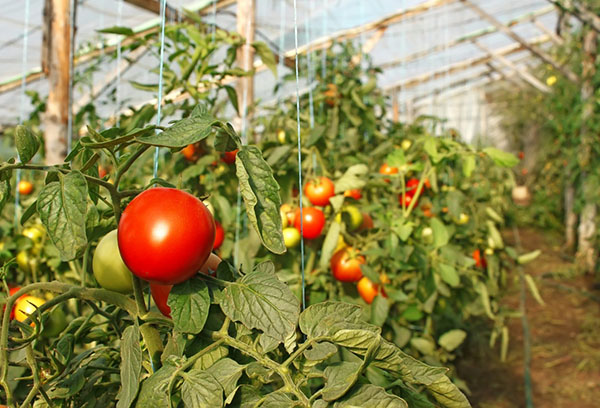
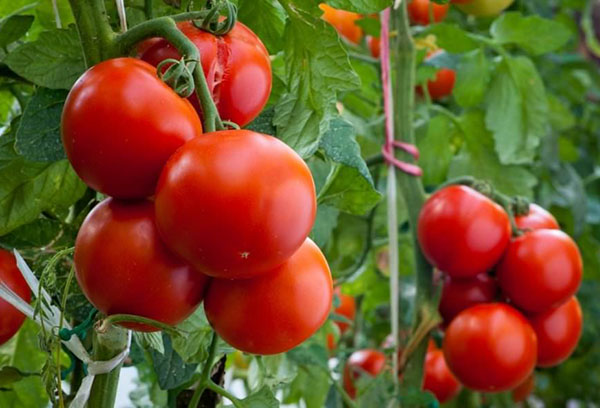
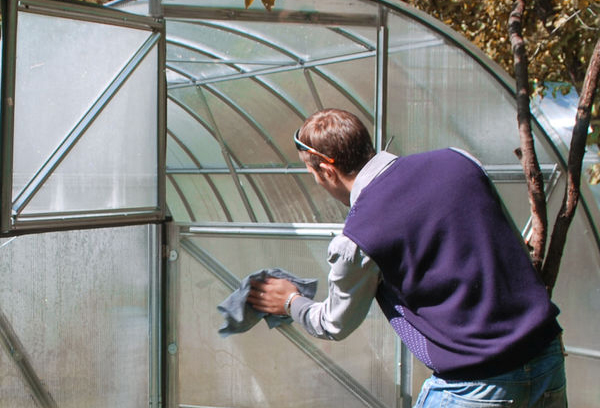
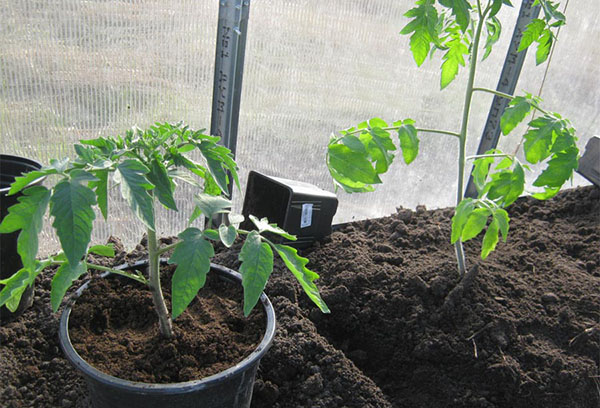
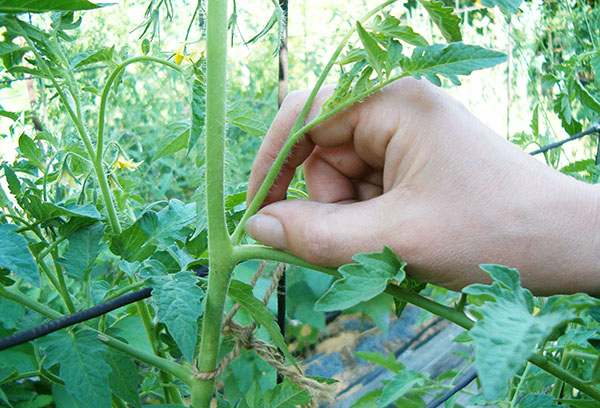
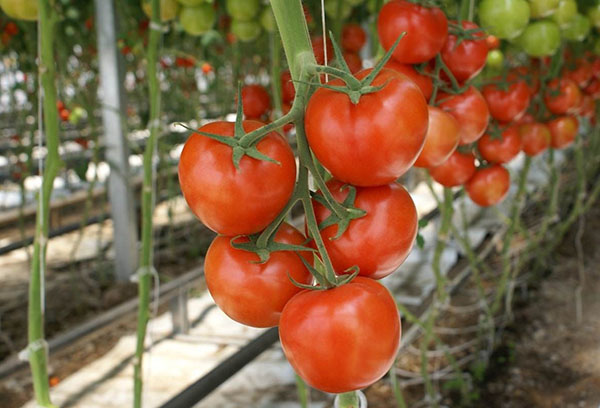
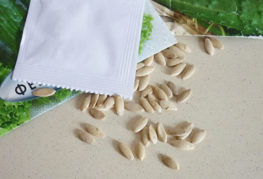
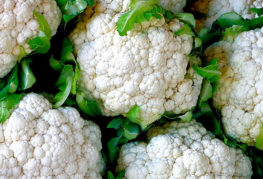
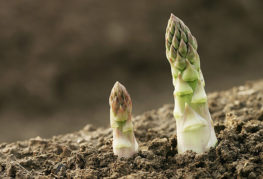
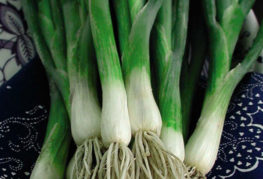
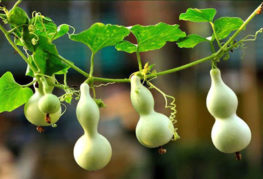
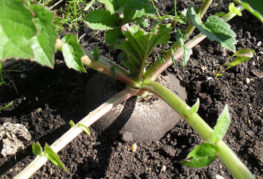
and will be published shortly.